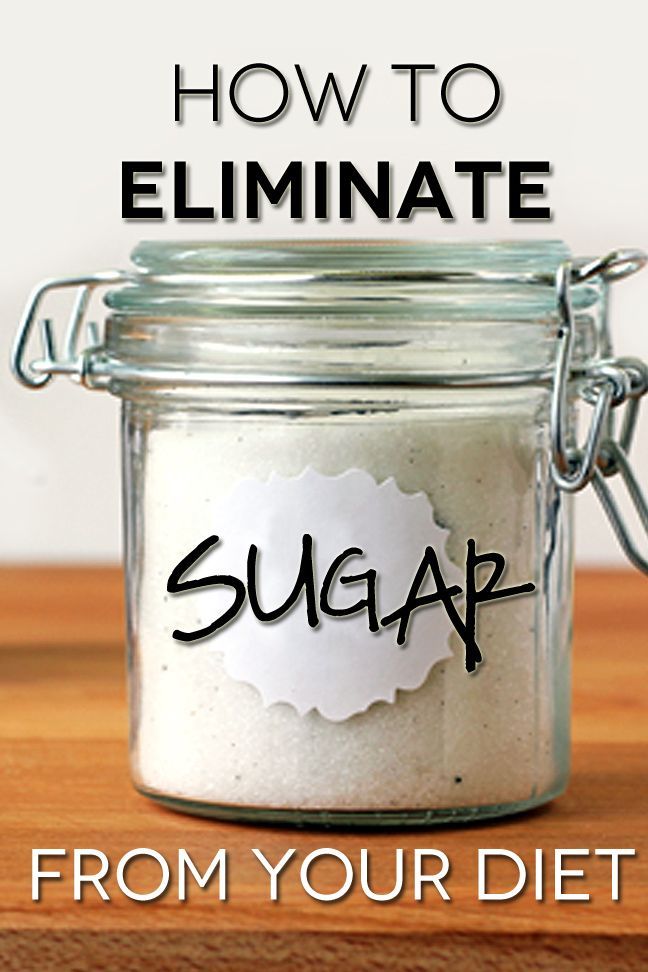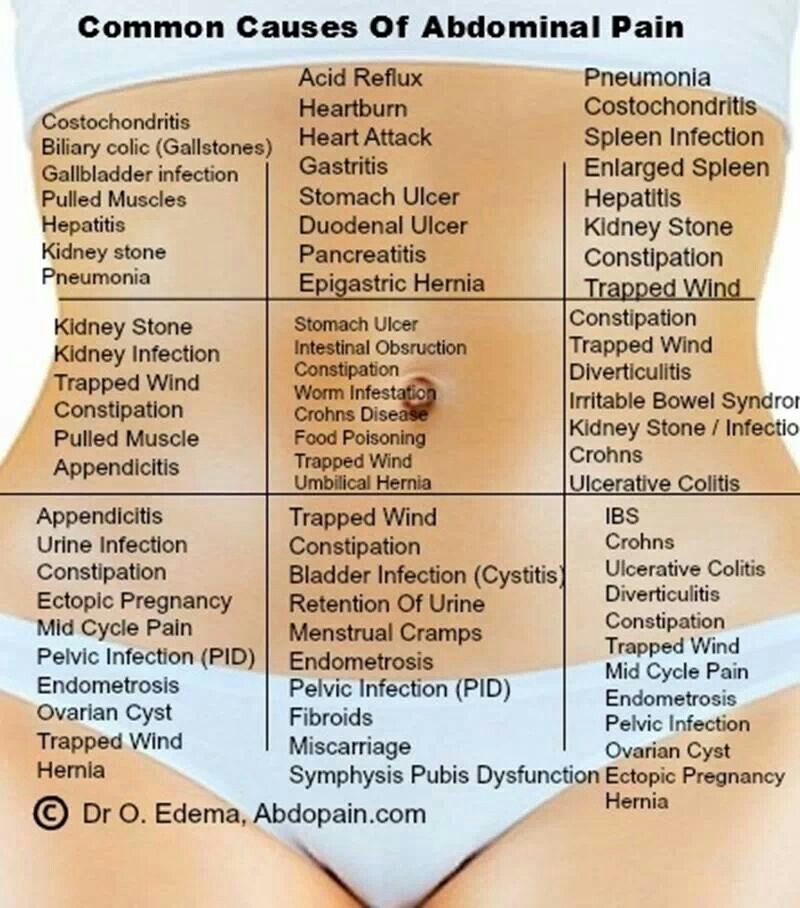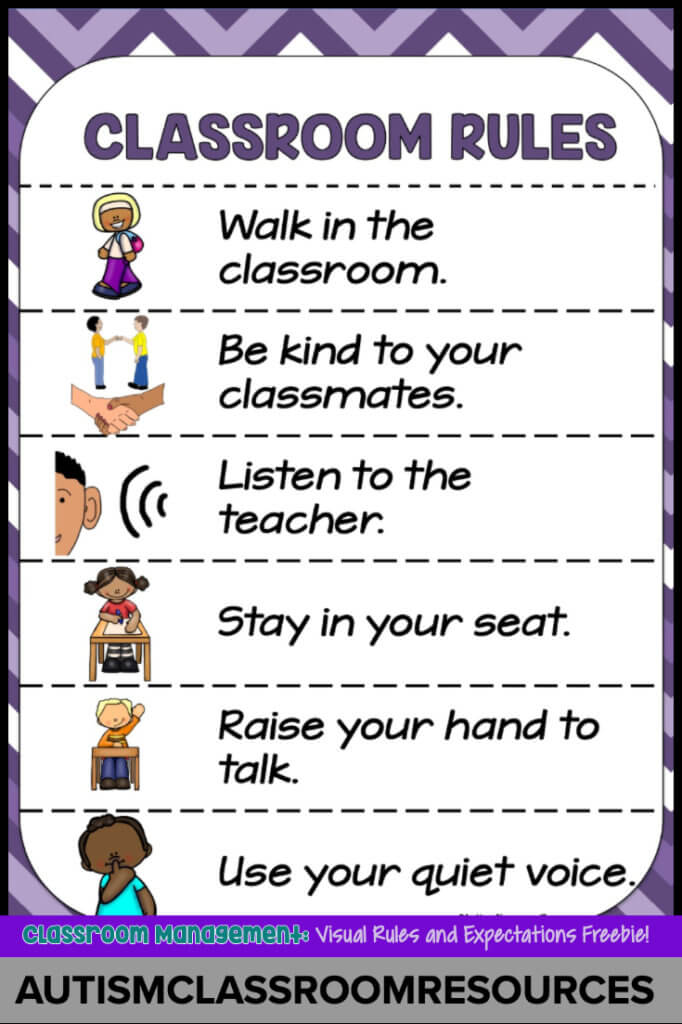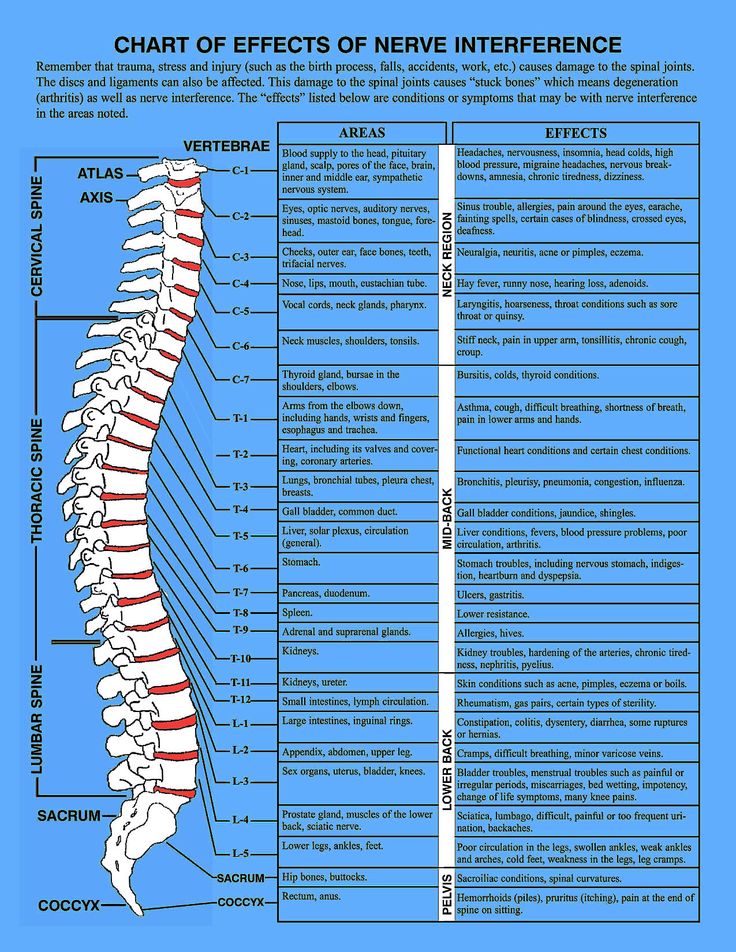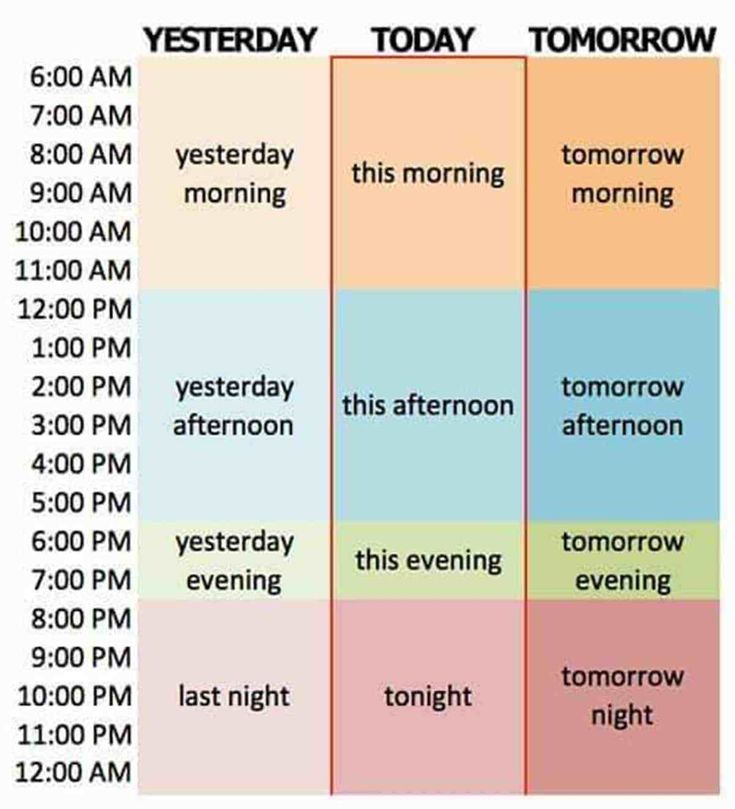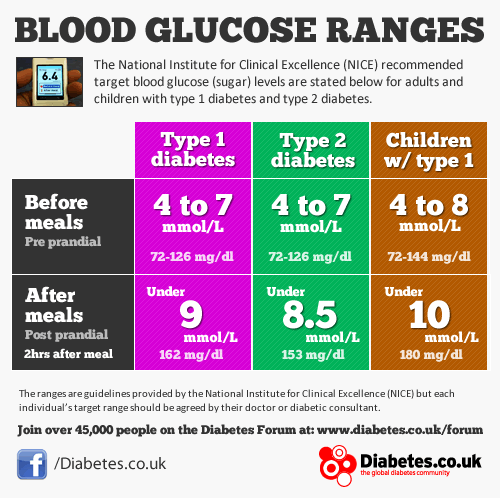How to detox a child from sugar
How to handle your child's sugar withdrawals — Nutrition For Kids
Sugar addiction is a common occurrence amongst kids thanks to their high intake of processed foods. As a result, children can experience sugar withdrawals with many unwanted symptoms.
Today our children have grown up on a diet of refined sugar found in our bread, cereals, juices, muesli bars and biscuits. While most of us know that too much sugar is bad for our kids, with so much sugar lurking in foods, it's easy to consume more than the recommended amount.
The World Health Organisation recommends adults consume less than 6 teaspoons (25g) of added sugar a day and children should consume even less. A four-year-old should have less than 3 teaspoons of sugar a day. Children under the age of two should have no added sugar at all.
Sugar is a hard food to quit. In fact, there is research that suggests sugar creates cravings and activates the brain’s reward system similar in magnitude to illegal drugs, nicotine and morphine as it triggers the release of dopamine.
If you're trying to reduce your child's sugar intake you may have experienced some unwanted withdrawal symptoms such as moodiness and tantrums. Just like adults, children may experience headaches, cravings, brain fog, fatigue, changes in sleep patterns and anxiety.
As you consume sugar, your child becomes tolerant to its effects and your body requires more to get the same rush. This means when you try to cut sugar from their diet, the cravings they experience can be pretty intense.
Here are some quick tips on how to help your child navigate their sugar addition and withdrawals.
1. Make a plan
The best way to overcome your child’s addiction to sugar is to get refined sugar out of their diet. There are two ways you can do this so find what works for you and make a plan. The options are:
Go cold turkey - eliminate all sugars (refined and natural) including fruit, starchy vegetables and natural sweeteners such as honey for 3-5 days.
 After this period, slowly introduce fruit starting with low sugar options like berries and starchy vegetables in small quantities. Treat natural sweeteners as a special, occasional food. This will help put a end to the addiction quickly.
After this period, slowly introduce fruit starting with low sugar options like berries and starchy vegetables in small quantities. Treat natural sweeteners as a special, occasional food. This will help put a end to the addiction quickly.Slowly reduce their sugar consumption day by day - this can help reduce the severity of your child’s withdrawal symptoms but will delay getting over the addiction. One of the first places you can reduce their sugar intake is with sweetened beverages. Depending on how extreme their sugar withdrawals are, you could simply water down their drinks before transition to sugar free beverages like water. Focus on reducing any refined sugar foods your child is consuming before taking a look at their natural sugar intake.
2. Clean up your environment
Stop buying products containing refined sugar, even if you place it up high or hide it in a cupboard it is in their environment. Before you know it, these products will start slowly creeping into your child’s diet.
Need help cleaning up your environment? Book in for a pantry makeover where nutritionist Sarah Appleford will help you clean out your fridge and pantry and replace the ingredients with whole foods.
3. Encourage water
Encourage your child to drink water when they experience cravings. Often we mistake our thirst for hunger so drinking water and waiting 10-15 minutes may highlight you are just thirsty if the hunger is at bay. If transitioning to water is a challenge, try sweetening it naturally with slices of fresh fruit such as oranges or a mix of berries.
4. Add healthy fats
Healthy fats such as avocados, nuts, seeds and olive oil will help balance your child's blood sugar and keep them feeling fuller for longer. A small serve with each meal or snack will be enough to assist with satiety.
5. Consume naturally sweet vegetables
Vegetables such as carrots, sweet potatoes and pumpkin are naturally sweet, especially if roasted. This can help satisfy those taste buds as your child goes through the withdrawals.
This can help satisfy those taste buds as your child goes through the withdrawals.
6. Increase quality protein
As with healthy fats, quality protein will help with satiety and balance your blood sugar levels. Grass-fed meat, eggs, full-fat dairy, legumes and quinoa are all forms of quality protein.
7. Focus on adding foods
Instead of focusing on the foods your child can't eat, focus on the foods they can eat more of. As with any adjustment to a diet, it can be a shock to the system. It also requires a change in habits and routines, as well as a change in attitude. This can be a hard thing to do when you are addicted to the foods that are hurting you the most.
Focusing on adding foods is a much more sustainable way to make change and will help with your child’s sugar withdrawals long term. Start adding more protein, healthy fats and water.
8. get your child moving
Staying active is one of the best ways to curb the cravings of sugar. Remember, exercise increases your endorphins and will naturally lift your child’s mood. Even just 15 minutes of walking has been seen to reduce reduce cravings.
Even just 15 minutes of walking has been seen to reduce reduce cravings.
Encourage your child to partake in some of their favourite activities such as kicking a soccer ball, going for a bike ride, playing tag. If you do it together or with friends as a social activity this will also enhance the benefits and distract from the sugar.
9. Ditch the sugar too
If you're trying to reduce your child's sugar, you should too! Remember, you are your child’s greatest role model. Start being a positive one by adopting a healthy whole food diet. This is one addiction your whole family can be proud of!
The 21-Day Sugar Detox for Kids & Families: Age-Specific Recommendations
This is Part 2 of a 3-part series. You can read Part 1 here.
If you’ve decided that the 21-Day Sugar Detox is right for your family, you may be wondering how to tailor it to your children’s specific needs. A small child eats much differently and has different nutritional and developmental requirements from a teenager, and adjusting their 21DSD to suit these needs is of utmost importance for their health and for family harmony.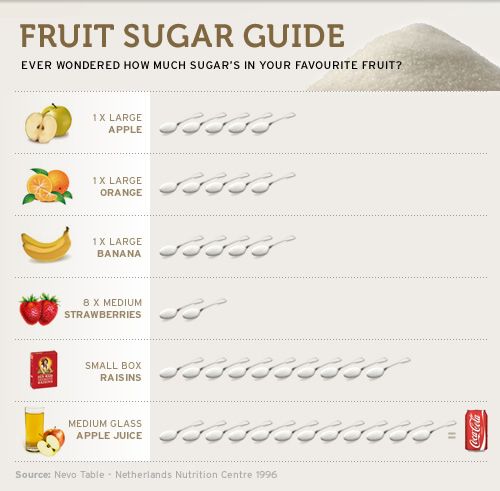
Here are some age-specific recommendations for how to feed your kids with 21DSD principles in mind.
#1 Babies
The detox is not appropriate for babies, who should be eating breastmilk and some solid foods sometime between 5-12 months old. If you are unable to breastfeed, consider making your own baby formula (The Weston A. Price Foundation has several baby formula recipes that are nutrient-dense, whole food options for those who can’t breastfeed) instead of using store-bought formulas, which are often sweetened and contain other ingredients that we are trying to avoid (such as soy, vegetable oils, and conventionally raised milk products).
If you are a breastfeeding mother, you need to make sure you eat enough total calories as well as 1⁄2 cup sweet potato, butternut squash, or other starchy vegetable (see the starchy vegetables list in The 21-Day Sugar Detox Daily Guide) at each meal of the day to maintain your milk supply and provide enough nutrients for your growing baby and your own body.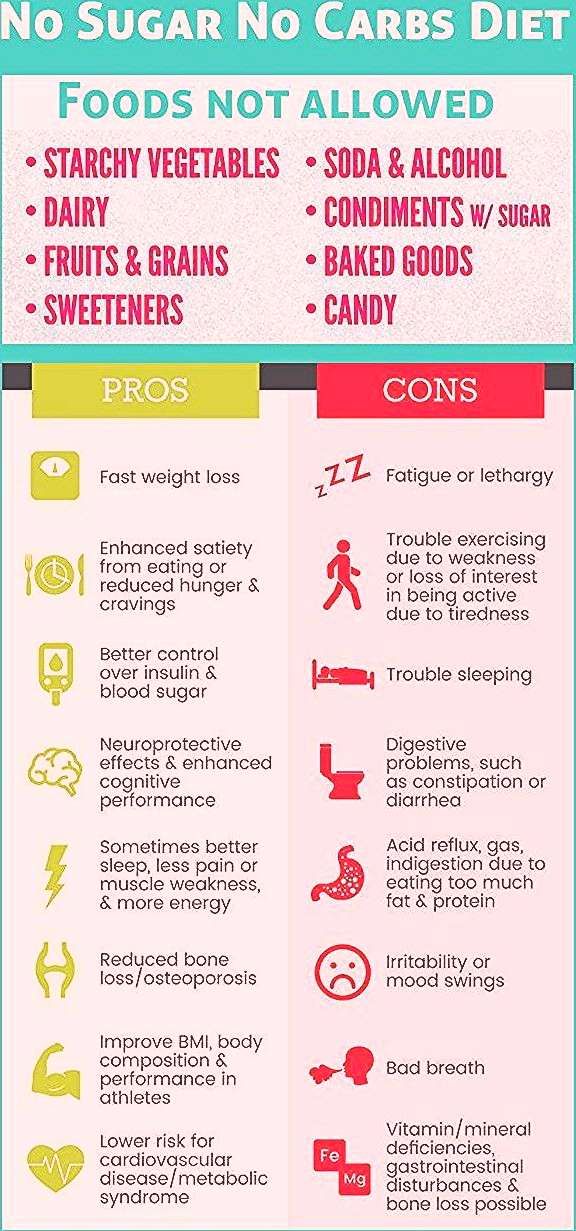
If you are introducing solid foods, consider feeding your baby those foods that are nutrient-dense and easily digested. Some suggested first foods include pureed or mashed avocado, sweet potato or other winter squash, banana, egg yolks, and well-cooked meats including grassfed liver. You should also add in healthy fats like butter or ghee, coconut oil, and other animal fats. Notice I didn’t include any grains? Cultures all over the world forego the grains as first foods and instead choose more nutrient-dense and flavorful options. Your baby won’t miss anything if you opt out of the rice cereal. It should also be said that sweeteners of any kind are not appropriate for babies and should never be part of their diets.
#2 Kids 1-4
Kids at this age are rapidly growing and expanding their palates. They may be eager food explorers or resistant eaters (or both in the same day), but as a parent you can shape what they put in their mouths. It is also very normal for kids to want all their foods separated on a plate or all in one color scheme.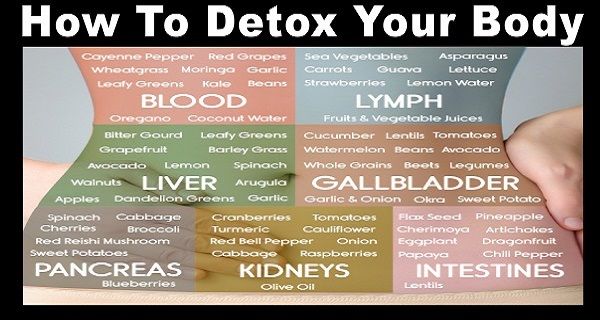 Do your best to work with these developmental phases while encouraging them to try new foods without pressure.
Do your best to work with these developmental phases while encouraging them to try new foods without pressure.
All detox foods are appropriate for this age/stage, but you need to provide more fruit and starchy vegetables. Remember that a serving size for a child this age is roughly one-third to one-half the size of an adult serving. However, kids do go through growth spurts when they seem to eat endlessly (followed by periods when they hardly seem to eat at all). Offer a variety of 21DSD-approved foods and allow your kids to decide how much they want to eat. Each meal should include protein, a healthy fat, a starchy vegetable, and a non-starchy vegetable or fruit.
If your child is in a daycare or preschool setting, you may need to talk to the supervisors and arrange to bring alternate snacks for the duration of the detox (or indefinitely). It is not advisable to describe your “new” food choices as a detox program or diet since those are not recommended feeding options for children. And in reality, you are not truly “detoxing” your child; you are providing an alternate, sugar-free eating plan to improve nutrition, behavior and digestion. If you’re not sure what to say, tell interested parties that you are going “sugar-free.”
And in reality, you are not truly “detoxing” your child; you are providing an alternate, sugar-free eating plan to improve nutrition, behavior and digestion. If you’re not sure what to say, tell interested parties that you are going “sugar-free.”
#3 Kids 5-12
In this age range, kids are going to school, eating at friends’ houses, and out of your range of influence for parts of the day. It might be difficult to control everything that goes into their mouths, but you can provide detox-friendly breakfasts and dinners at home and pack detox-friendly lunches and snacks while they are away. For the older children, you can discuss why you are changing some of the foods they might be eating and help them to understand how food affects their bodies’ ability to grow properly, their brains’ ability to function clearly, and their behavior and emotions.
As with younger children, kids this age need more carbohydrates than adults since they are growing (especially as they hit puberty).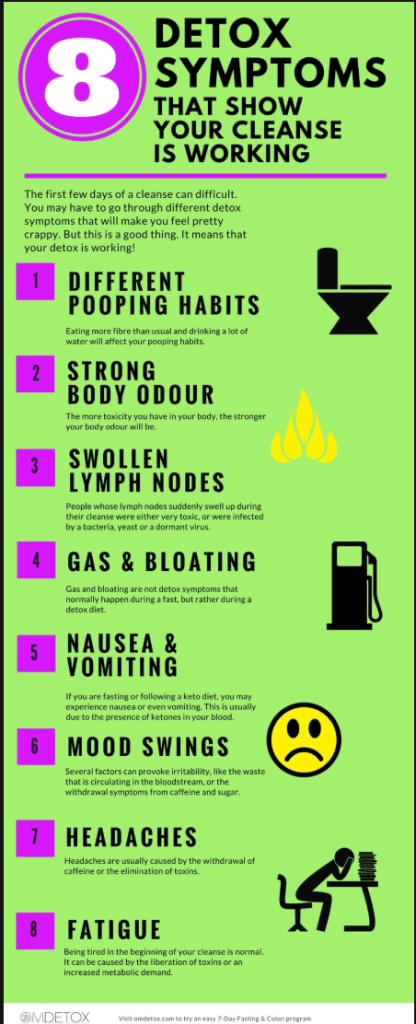 Build meals similar to your adult meals (protein+healthy fat+vegetables) with choices that reflect your kids’ taste preferences and with the inclusion of starchy vegetables at most meals. You may also want to allow more fruit servings/variety.
Build meals similar to your adult meals (protein+healthy fat+vegetables) with choices that reflect your kids’ taste preferences and with the inclusion of starchy vegetables at most meals. You may also want to allow more fruit servings/variety.
#4 Teenagers
While teenagers are almost adults, and many of them believe that they have already arrived at adulthood, developmentally they are still growing and changing, and therefore need to be sure to get a nutrient-dense diet. However, they will want to be more in control of their eating choices and might be away from home for extended periods of time. If you want your teenagers to participate in the 21DSD, understand that they will be most successful if they choose to participate rather than if they are forced to. If they are resistant, you can certainly remove NO foods from the house, provide detox-friendly breakfasts and dinners, and discuss how the detox is making you feel, sleep, etc. Be flexible and don’t push—you are still the parent and you make the food choices at home, but they are becoming more independent and need to learn to make their own decisions, including those that involve food. You might also need to accept the fact that they may load up on sugary foods while at school or friends’ houses, in which case keeping the lines of communication open will help them understand that you are trying to help them be healthy and successful in all areas of their lives.
You might also need to accept the fact that they may load up on sugary foods while at school or friends’ houses, in which case keeping the lines of communication open will help them understand that you are trying to help them be healthy and successful in all areas of their lives.
At this point, if a teenager is very active or on the younger side (13-16 or so), I would still provide starchy carbohydrates at least once a day, probably more. They will also be eating adult-size portions, and maybe more as they go through growth spurts. However, as they get older, their growth will eventually slow and they will not need as much fruit or starchy vegetables to maintain their energy and their bodies’ ability to grow. Watch them closely, though, and provide more dense carbs if you see major changes in sleep, behavior, or energy levels. Even studying requires a lot of energy output!
#5 21DSD kid-friendly food options
When starting a 21DSD, rethinking your food choices can be quite daunting, especially if you are used to eating a lot of refined grain products or sugary treats.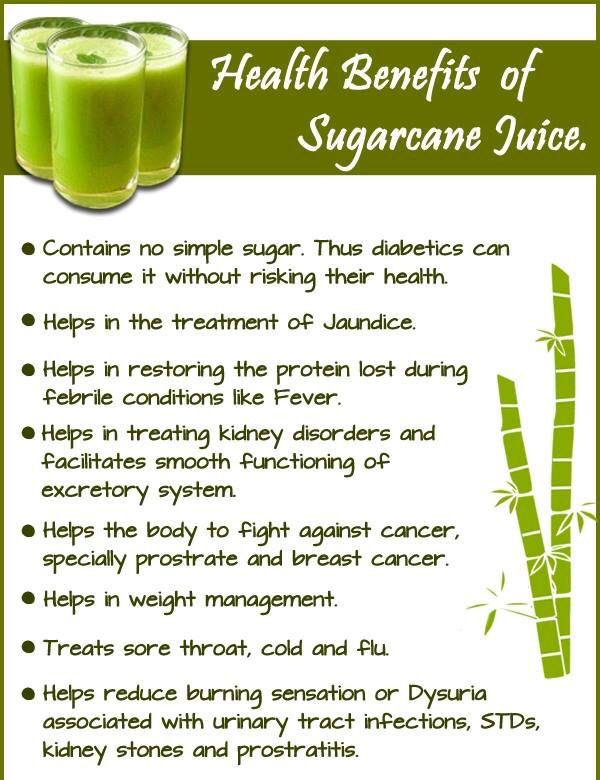 Finding 21DSD-friendly kid snacks can be even more challenging. Below you will find some options that kids will love!
Finding 21DSD-friendly kid snacks can be even more challenging. Below you will find some options that kids will love!
kid- friendly drinks
- Coconut water
- Raw cow’s milk (if your children consume dairy and have access to it raw)
- Mineral water
- Herbal tea (probably iced; peppermint and unsweetened fruity ones are favorites)
- Coconut milk (the light variety is more palatable as a drink)
- Kombucha (try Diane’s home-brewed Kombucha recipe)
- Smoothies
kid friendly snacks
- Raw vegetables with guacamole or cauliflower/traditional hummus
- Green apple or celery with nut butter
- Coconut-flour muffins or biscuits
- Smoothies (try this one)
- Plain full-fat organic yogurt with banana or apple and cinnamon
- Sugar-free beef jerky
- Whole nuts and seeds
- Nut mix or grain free granola
- Deli meat roll-ups
- Olives
- Steamed sweet potatoes
- Sweet potato fries
- Plantain chips (fried in coconut oil),
- Cheese (if they tolerate dairy well),
- Coconut butter truffles or lemon vanilla melt-aways
- Almond, coconut flour or pumpkin pancakes
- Toasted coconut flakes
- Roasted seaweed
kid friendly meals
- Whatever you are eating! Adjust portion sizes and preparation when relevant.
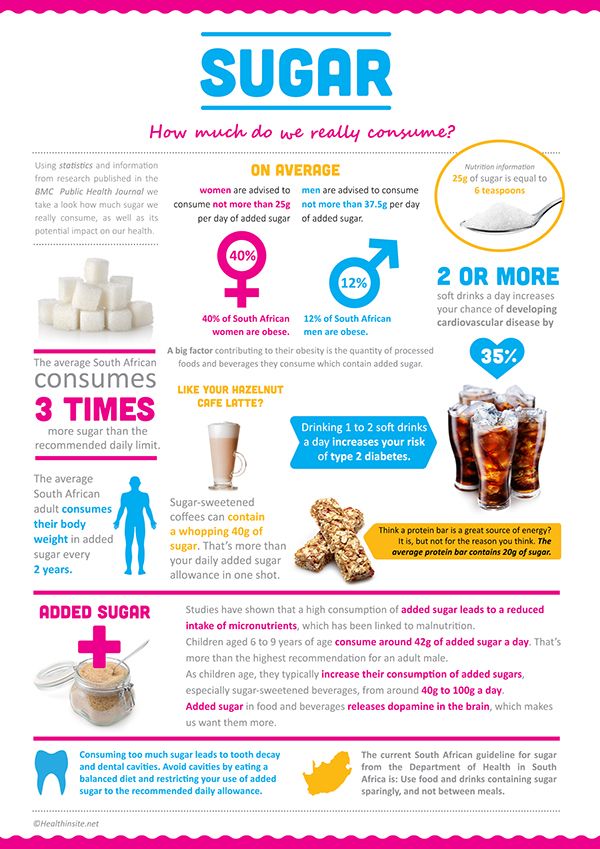
- Here are some Recipe Roundups that are kid-friendly: Kid-Friendly, Back to School, Packable Lunches, & Halloween
Sources:
- The Weston A. Price Foundation
- The Family Nutrition Book by William Sears, M.D.
- Balanced Bites & The 21-Day Sugar Detox Daily Guide
Rebekah Reddy is mom to her three children (two girls, one boy), content development support member of Team Diane, and a part-time high school English/ESL teacher. She holds a BA in English with a minor in Spanish, an MA in English with an emphasis in Teaching English to Speakers of Other Languages (TESOL), and a California teaching credential. She is also a certified Nutrition Educator, 21DSD Certified Coach, and the author of the blog Half Indian Cook through which she shares recipes and writes about food and culture in her mixed-ethnicity family. Rebekah’s passion for delicious, nutritious food has led her entire family to improved health and happiness!
10 Ways to Wean Your Child From Sweets
Today's children consume too much sugar - it's a fact.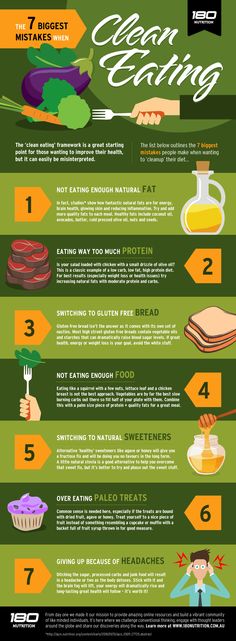 Sweet cereal with milk for breakfast, cottage cheese for a snack, a bun for an afternoon snack, and, of course, ice cream. And manufacturers only add sugar molasses, generously adding it to yoghurts, curds, ready-made breakfasts, juices and other products. All of this added sugar is unlikely to fit into four teaspoons (16 grams) - this is exactly the safe threshold for health established by the USDA for children consuming 2000 kilocalories per day. And the World Health Organization is even tougher on this issue: WHO recommends getting no more than 10% of calories from daily energy intake from added sugar. nine0003
Sweet cereal with milk for breakfast, cottage cheese for a snack, a bun for an afternoon snack, and, of course, ice cream. And manufacturers only add sugar molasses, generously adding it to yoghurts, curds, ready-made breakfasts, juices and other products. All of this added sugar is unlikely to fit into four teaspoons (16 grams) - this is exactly the safe threshold for health established by the USDA for children consuming 2000 kilocalories per day. And the World Health Organization is even tougher on this issue: WHO recommends getting no more than 10% of calories from daily energy intake from added sugar. nine0003
Have you noticed that your baby has more difficulty sleeping, his teeth are getting worse every day, whims have become more frequent, concentration of attention has decreased, and general excitability has increased? Sugar affects a child's behavior in another way. It does not contain nutrients and "draws" magnesium, zinc and other minerals from the body's reserves. This can lead to chronic mineral deficiencies, which in itself is bad for a growing body.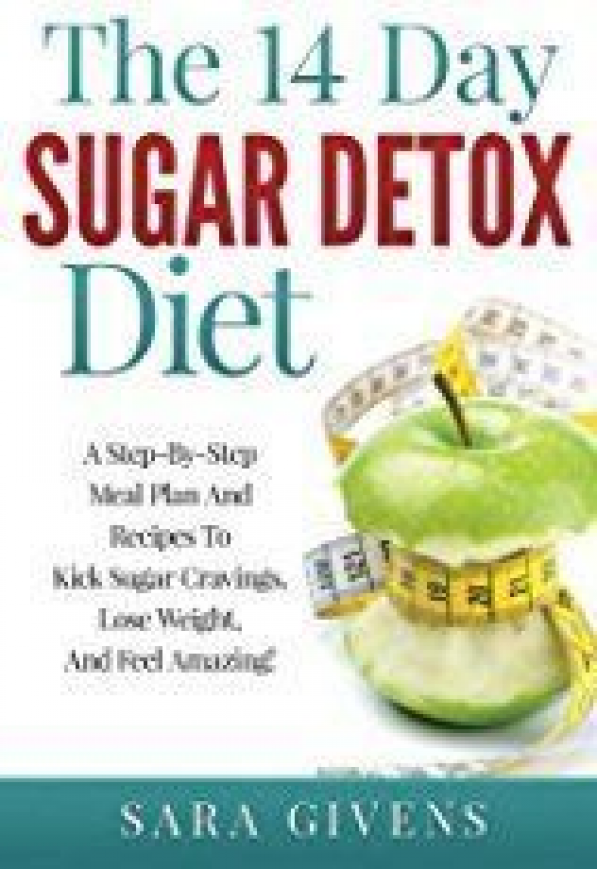 Many of us know how hard it can be to refuse dessert or an extra piece of cake. And if for an adult this is a whole test, imagine what harm we do to a childish, fragile body, driving it into such a dependence? nine0003
Many of us know how hard it can be to refuse dessert or an extra piece of cake. And if for an adult this is a whole test, imagine what harm we do to a childish, fragile body, driving it into such a dependence? nine0003
Physician Jacob Teitelbaum and child nutrition specialist Deborah Kennedy have developed a step-by-step program to rid children of "sugar addiction", which helps to quickly make the diet more healthy without depriving the child of his favorite treats. Today we will share some excerpts from the book "How to wean a child from sweets", which we recommend reading to all caring parents.
Allow one sweet a day
Give your child the opportunity to choose what he will eat, as well as at what time: at breakfast, at lunch or for an afternoon snack. To support the baby, prepare a surprise for him: a healthy snack. Berry roll with fruit, smoothies or healthy dried fruit snacks without sugar. nine0003
Make healthy breakfasts
Give your child protein-rich meals every morning.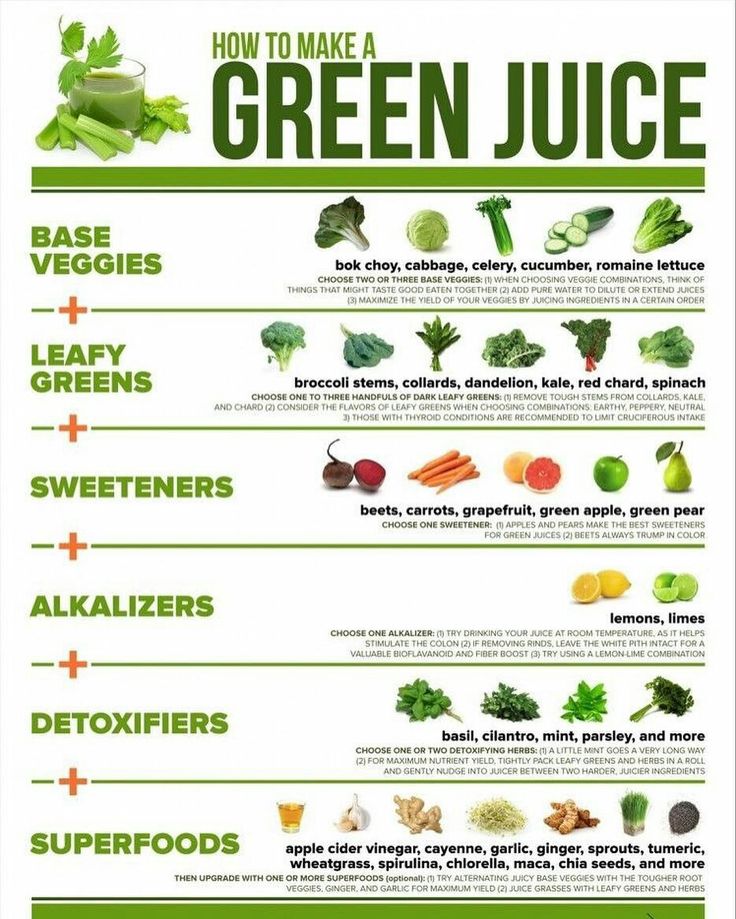 It can be anything: eggs, turkey, hard cheese, legumes, nuts. They saturate for a long time and prevent the desire to "eat something sweet."
It can be anything: eggs, turkey, hard cheese, legumes, nuts. They saturate for a long time and prevent the desire to "eat something sweet."
Do not keep juice and soda at home
The main source of added sugar is all kinds of soda, soft drinks, yogurt and packaged juices. Milkshakes can be prepared at home by adding fresh berries and fruits, and healthy lemonade can be made with natural sugar-free syrup. nine0003
Dilute sugary drinks
Of course, you won't be able to give up your habits right away, so first try just diluting juices with water - unnoticed by the child. Gradually, the taste buds will get used to such drinks. But be careful - you will never be noticed!
Give your child more fruits and berries
When you take something away, be sure to offer a replacement. Fresh berries and fruits are ideal, especially in summer! In addition, due to the fact that they contain a lot of fiber, they are difficult to overeat.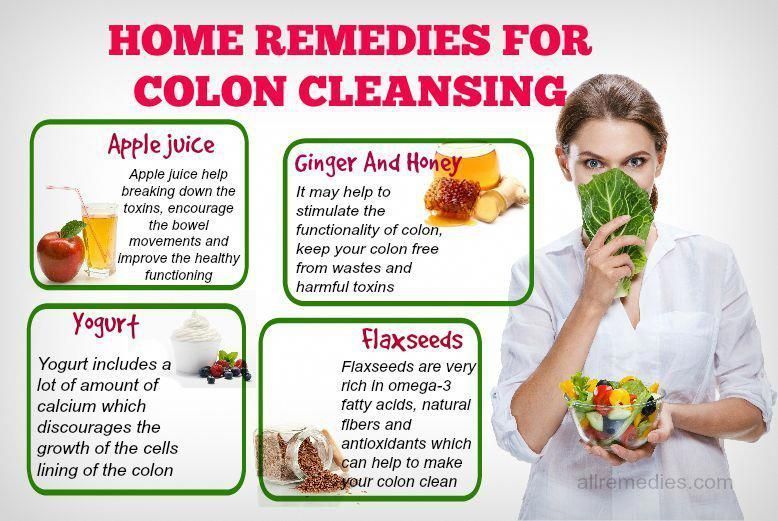 Have you ever seen a child eat 3-4 apples in a row? But drinking 3-4 bags of juice is easy. This is because fiber tells the brain that the stomach is already full. nine0003
Have you ever seen a child eat 3-4 apples in a row? But drinking 3-4 bags of juice is easy. This is because fiber tells the brain that the stomach is already full. nine0003
Don't say "you" but "we"
"We don't eat that in our family", "We don't like soda - it's awfully sweet" - don't let your child feel left out. The more emphasis you place on the fact that this is your way of life and that adults also live this way, the less children feel deprived of something important.
Prepare healthy desserts
You can find a huge number of sugar-free recipes on the Internet, use your imagination! Peach crumble, fruit smoothies, banana pancakes, Snickers-style ice cream – many healthy recipes can be found on the @bite_russia Instagram account. There is not an ounce of added sugar in any of them! Only natural fruits, berries and syrups from agave, dates and apples. nine0003
https://www.instagram.com/p/ByZ7MsmgZTa/
Watch science TV shows
The older the child gets, the more evidence they need.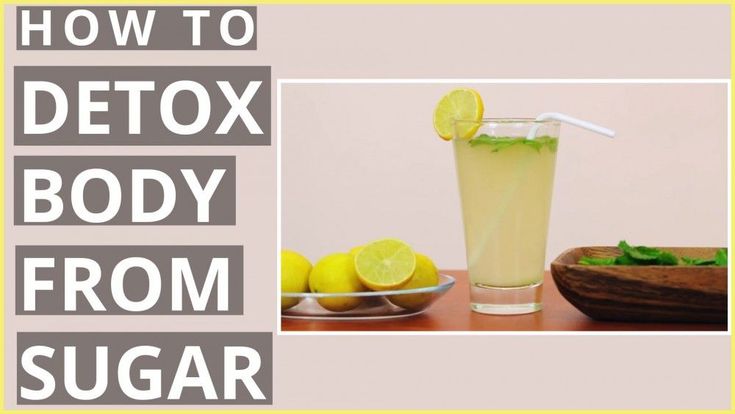 As if by chance, turn on a movie about the dangers of sugar, and watch the science channel on weekends. Give the example of the stars who gave up sugar - even better if they are his idols. And you don't have to persuade!
As if by chance, turn on a movie about the dangers of sugar, and watch the science channel on weekends. Give the example of the stars who gave up sugar - even better if they are his idols. And you don't have to persuade!
Give vitamins and minerals
Your child will need a supply of vitamins during the weaning period. Make sure that vitamins have a natural composition and, if possible, choose supplements in the form of funny figures with natural sweeteners. Thus, you will kill two birds with one stone - give your child a boost of vitamins and the opportunity to enjoy your favorite sweet without harm to health. nine0003
Do not take everything at once
The transition to a new diet should be gradual. In recent years, dozens of studies have appeared that confirm that sugar addiction is similar to drug addiction - both here and there the pleasure centers in the brain are involved. So if you ban everything sweet at once, you will only get tantrums and scandals in return.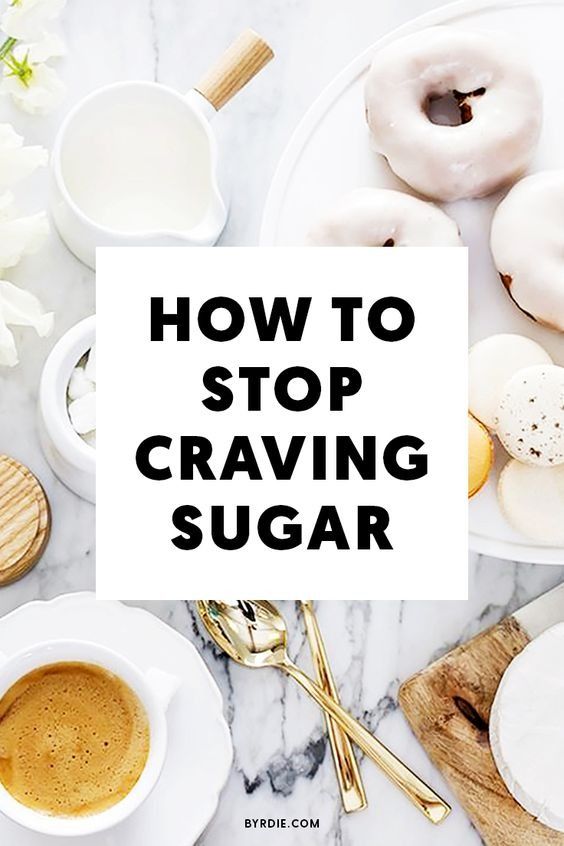 Act wisely and gradually. And then your child will definitely grow up healthy and will be insured against serious illnesses. nine0003
Act wisely and gradually. And then your child will definitely grow up healthy and will be insured against serious illnesses. nine0003
One more piece of advice: before taking candy from a child, talk to him. Not about sweets, but heart to heart. Perhaps the love of sweets is just a substitute for parental love and attention, which he so lacks.
10 ways to wean your child off sweets
Miracle milk and cookies in the morning, a chocolate bar in the afternoon, juice and a handful of sweets in the evening. If your child eats the same number of treats, he most likely loves sweets, but not delighted with healthy food - vegetables, fruits, cereals, which children need to grow up strong and healthy. The publishing house "Mann, Ivanov and Ferber" has published a novelty "How to wean a child from sweets". These tips from the book will be useful to everyone. nine0003
Today's children eat too much sugar, which is very unhealthy. Manufacturers add it wherever possible. Sometimes parents do not even realize what a huge amount of "sweet poison" their children eat. According to scientists, this is about 23 tablespoons of sugar per day! Physician Jacob Teitelbaum and baby nutritionist Deborah Kennedy have developed a step-by-step program to rid children of "sugar addiction", which helps to quickly make the diet more healthy without depriving the child of their favorite treats. So what should be done? nine0003
According to scientists, this is about 23 tablespoons of sugar per day! Physician Jacob Teitelbaum and baby nutritionist Deborah Kennedy have developed a step-by-step program to rid children of "sugar addiction", which helps to quickly make the diet more healthy without depriving the child of their favorite treats. So what should be done? nine0003
1. Allow one sweet a day
Let your child choose when (for breakfast, lunch or snack) and what kind of sweet he will eat. Of course, your control will be needed in order not to cross the line of reason - you can’t choose a whole cake. And in order not to leave the child hungry, prepare a surprise: a healthy snack. For example, chicken toast, dried fruits (only delicious!), fruit mini-rolls or berry smoothies.
2. Prepare healthy breakfasts
It is not at all necessary to take away all the sweets in the house and throw them in the trash can for show. Spy tactics are what you need. Keep track of what your child eats for breakfast and discreetly slip him the "right" foods. Give your child protein every morning by simply adding it to their regular breakfast. It can be anything: eggs, chicken breast, turkey, peanut butter, hard cheese, legumes. Having eaten at breakfast, children are less likely to eat junk food outside the home. nine0003
Give your child protein every morning by simply adding it to their regular breakfast. It can be anything: eggs, chicken breast, turkey, peanut butter, hard cheese, legumes. Having eaten at breakfast, children are less likely to eat junk food outside the home. nine0003
3. Do not keep juices and sodas at home
The main source of added sugar is sugary drinks: juices, sodas, energy drinks, miracle milk, and even bottled water with different flavors (strawberry, lime, etc.). You cannot completely control the child's food outside the home, but the house is your territory. Do not buy sweetened drinks: spend one time on a juicer and make natural juice. Milkshakes can be made in a blender with fresh or frozen berries added for flavor. nine0003
4. Dilute sugary drinks
Switching to healthy juices will not work right away, if only because the child will be against it. Be smarter. Dilute juices and soda with water. Gradually, taste buds will get used to such drinks.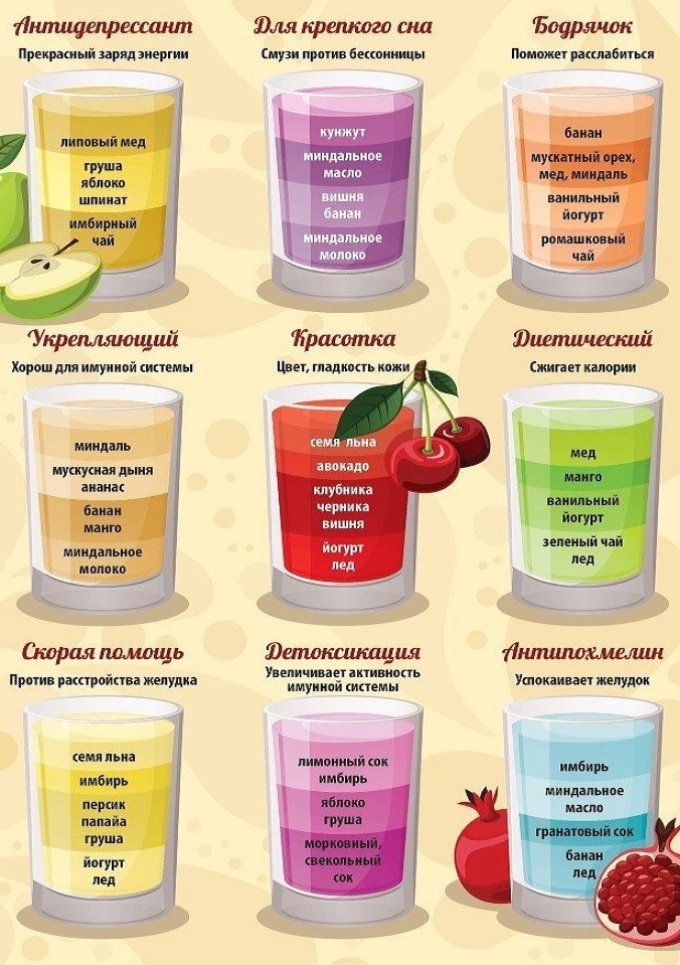 But be careful - you should never be noticed!
But be careful - you should never be noticed!
5. Give more fruits and berries
Even if you think that your child is not addicted to sugar (which most likely is not) and he will easily tolerate the withdrawal from the diet of ice cream, juices and pies, still you need to have a backup. There must be a replacement. Fresh fruits and berries are the perfect solution. Due to the fact that fruits are high in fiber, they are difficult to overeat. Have you seen anywhere that a child eats 3-4 apples in a row? But drinking 3-4 bags of juice is so easy. Fiber tells the brain that the stomach is already full, so there is no risk here. nine0003
6. Don’t say “you” but “we”
To prevent your child from feeling like they are being forcibly deprived of treats, say more often not “You should eat less junk food”, but “We don’t eat this” or “ Our family doesn't like soda — it's terribly sweet." The more emphasis you place on the fact that this is your way of life and that adults also live this way, the less alienated children feel.
7. Prepare healthy desserts
There are a lot of so-called PP recipes on the Internet: these are recipes for proper, balanced and healthy nutrition. Sweet is not always harmful if you know what to make a culinary masterpiece from and what proportions to take. Banana pancakes, fruit smoothies, pumpkin muffins, diet chocolate, granola - the choice is huge. And you will need the simplest products, which is also important. Once every two or three days, choose a new recipe and cook something delicious. Variety is never boring! nine0003
8. Watch science TV shows
The older the child, the more evidence they need. As if by chance, watch popular science films on the topic on weekends, buy books (but don't force your child to read - let them just be in plain sight), look for examples of stars who have not eaten sugar for a long time. It's even better if they are idols - then you won't have to persuade for a long time.
9. Give your child vitamins
Your child will need healthy vitamins and minerals during the weaning period.